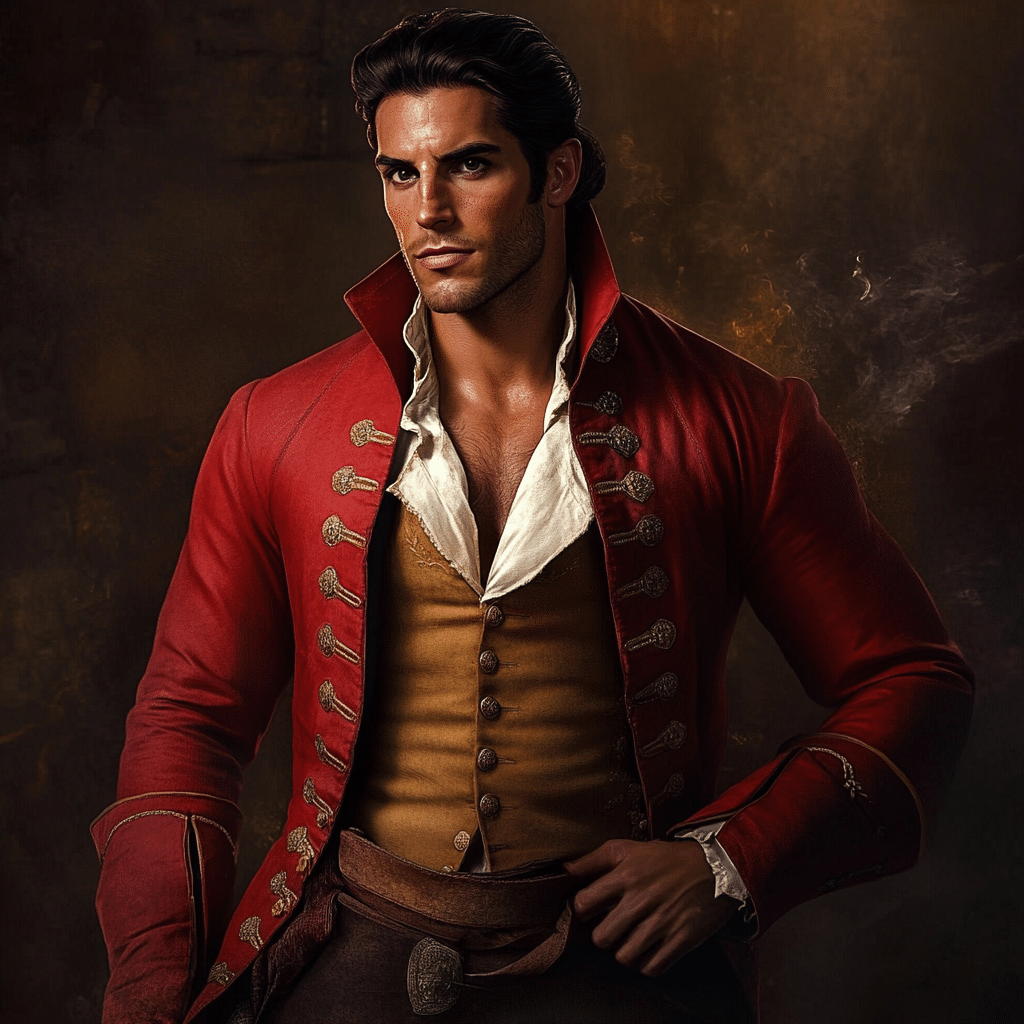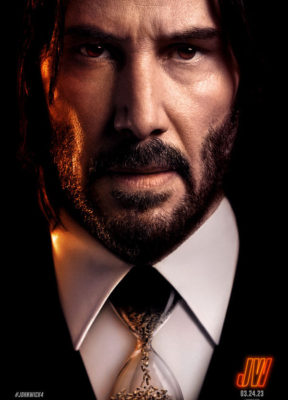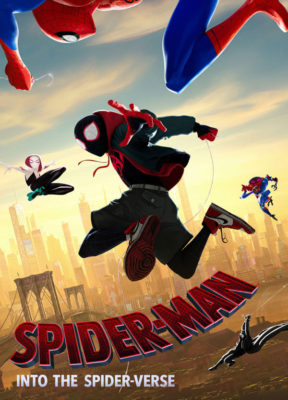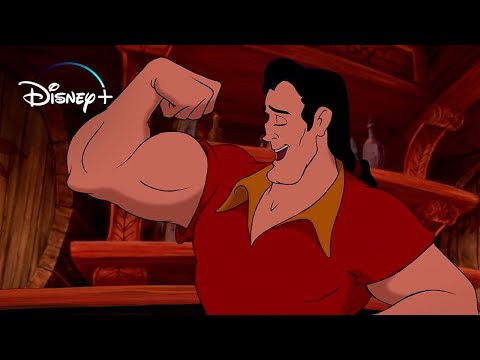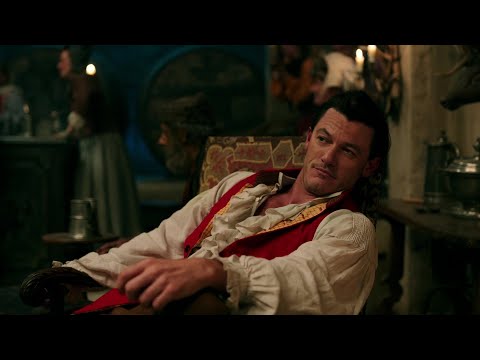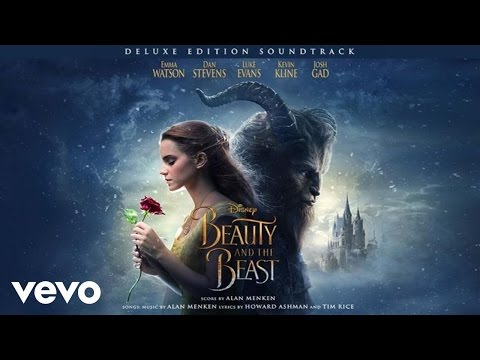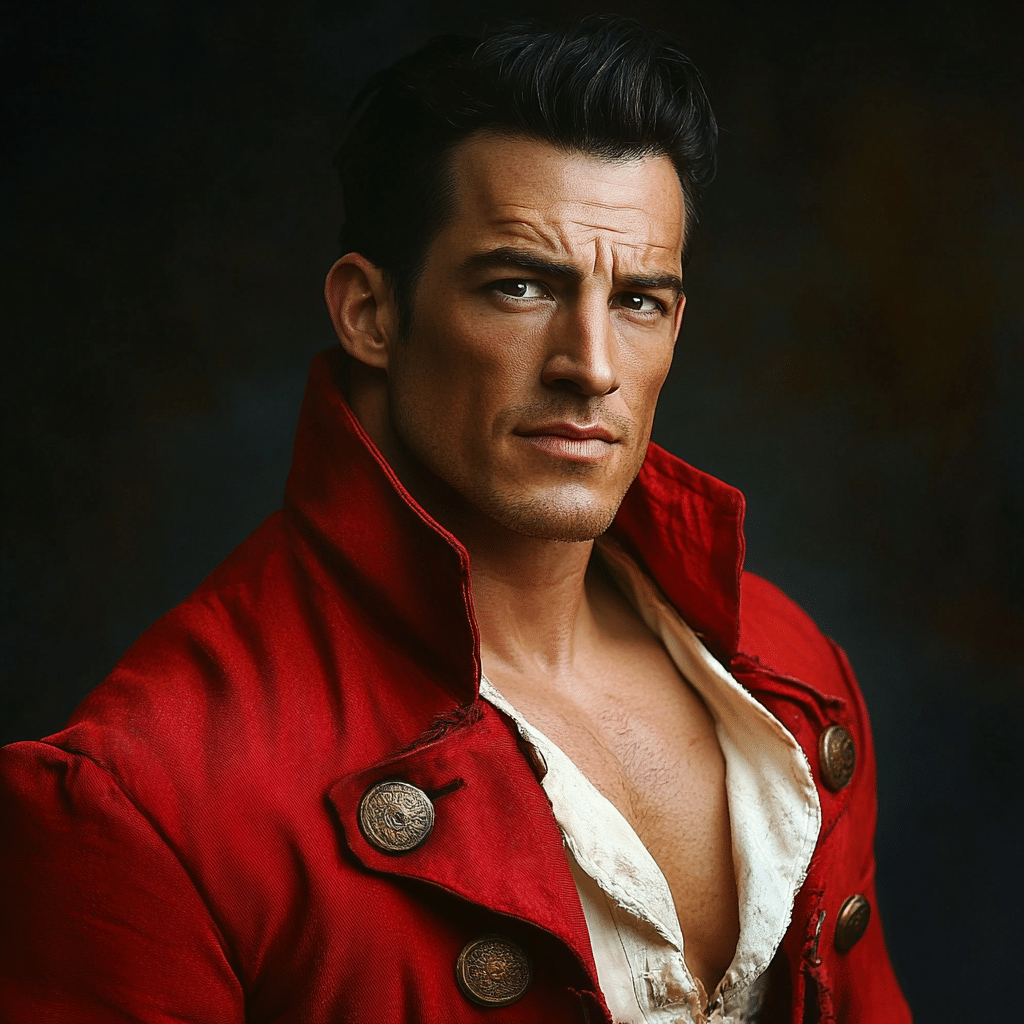
Gaston Beauty And The Beast A Closer Look At The Iconic Villain
As one of Disney’s most unforgettable villains, Gaston from Beauty and the Beast has mesmerized audiences since the animated classic debuted in 1991. His brash arrogance and hyper-masculinity are emblematic of bigger themes within the film, making him a captivating subject for analysis. This article explores the many layers of Gaston’s character, from their societal implications to his ongoing influence in popular culture, which still resonates in 2024.
## Gaston Beauty and the Beast: An Iconic Villain Explored
Gaston isn’t just a flat villain; he stands out as the complete opposite of the Beast. While the latter grapples with vulnerability and seeks redemption, Gaston represents toxic masculinity and pride. His constant thirst for admiration starkly contrasts with the Beast’s journey of growth, illustrating the risks of unchecked ego and aggression. This dynamic clearly serves as a powerful narrative device in the film.
Gaston acts as a mirror reflecting societal values, particularly around masculinity. He insists on physical prowess and social dominance, critiquing traditional male archetypes. In today’s context, discussions surrounding masculinity are changing rapidly, providing fertile ground for audiences to examine Gaston’s representation. This portrayal speaks volumes about men’s roles and what is expected of them, empowering viewers to challenge outdated depictions.
The anthem “Gaston,” performed by Gaston and his sidekick LeFou, has become an iconic piece not only within the film but in Disney’s musical catalogue. The song’s boisterous lyrics and catchy rhythm dramatize Gaston’s self-importance, showcasing how music can significantly enhance character portrayal. The updated rendition in the 2017 live-action film captivated a new audience while staying true to the character’s essence.
Over the years, adaptations of Beauty and the Beast—from the original animated feature to the 2017 live-action version—have seen Gaston evolve while still retaining his core arrogance. Luke Evans’ portrayal in the live-action remake adds complexity to Gaston, revealing fleeting moments of vulnerability that amplify the character’s depth. Such evolution speaks to the shifting perspectives on villainy, where audiences are encouraged to understand rather than merely vilify.
Beyond the film, Gaston has become a cultural touchstone seen in memes, merchandise, and Halloween costumes. His character often represents the quintessential “bad boy” in contemporary media, illustrating how extreme traits are sensationalized in popular culture. This ongoing popularity stirs debates regarding the glorification of such characters, all of which is vital as audiences navigate the fine line between heroism and villainy.
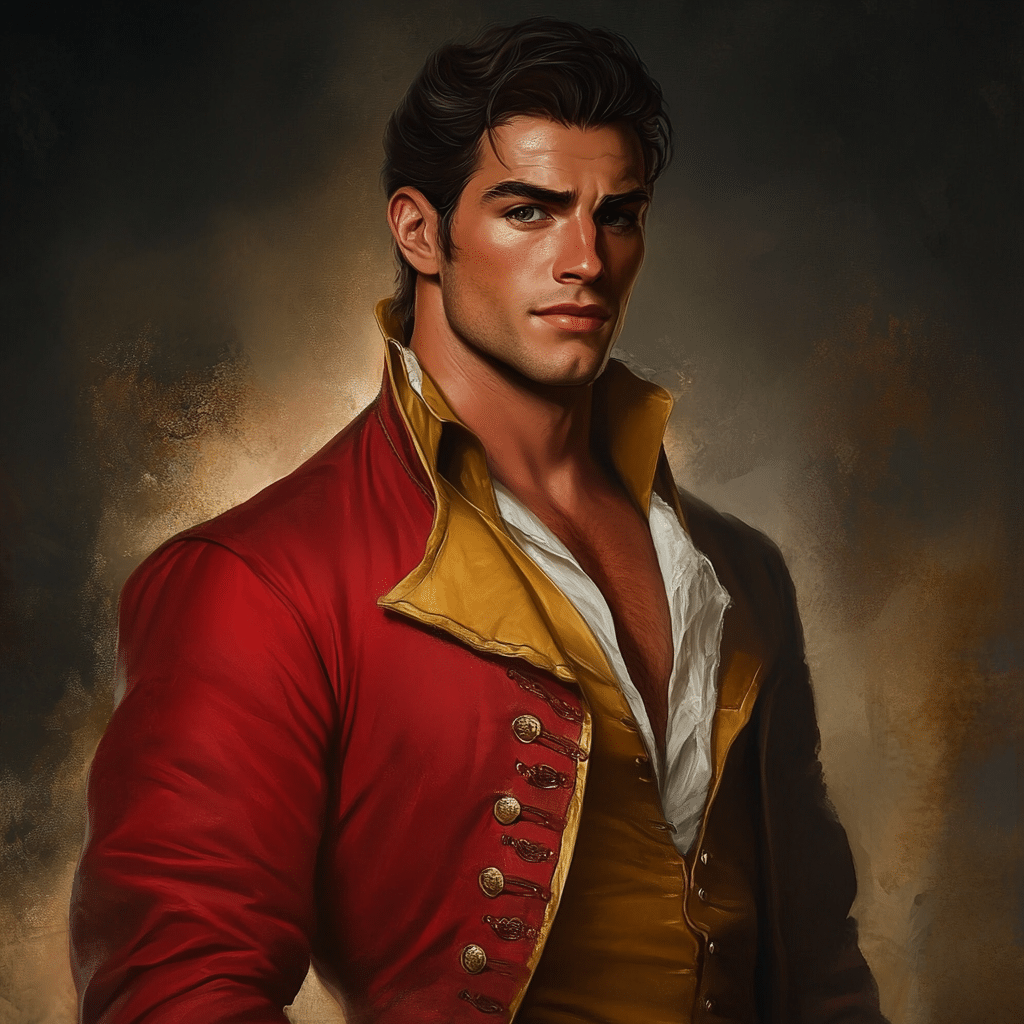
The Complexities of Gaston’s Relationships
Examining Gaston’s relationships unveils more layers to his personality. His interactions with both Belle and LeFou showcase different forms of influence and power dynamics that tell deeper stories.
Gaston’s relentless pursuit of Belle presents a critique of “love” as mere conquest. His refusal to regard her autonomy underscores the dangers of entitlement and objectification, an issue that resonates strongly with modern dialogues on consent and respect in romantic relationships. This aspect of the story compels audiences to reflect on how toxic behavior can masquerade as earnest love.
Their relationship illustrates the nuances of loyalty and manipulation at play. LeFou’s blind admiration enables Gaston’s toxicity, suggesting that some friendships can become unhealthy. This dynamic serves as a poignant reminder of how connections can amplify harmful traits, mirroring real-life dynamics that often allow negativity to flourish unchallenged.
Gaston’s Legacy in Film History
Understanding Gaston’s place among Disney villains provides valuable insight into long-standing tropes in animation. Gaston embodies characteristics synonymous with other Disney antagonists—like Scar from The Lion King and Hades from Hercules—yet remains unique due to his purely human flaws, unlike the magical powers wielded by his counterparts.
This comparison illuminates how Disney has approached villainy, transitioning from straightforward notions of good versus evil to more nuanced representations. As audiences engage with series like Once Upon a Time, reimagining characters like Gaston confirms that complexity can make villains much more engaging.
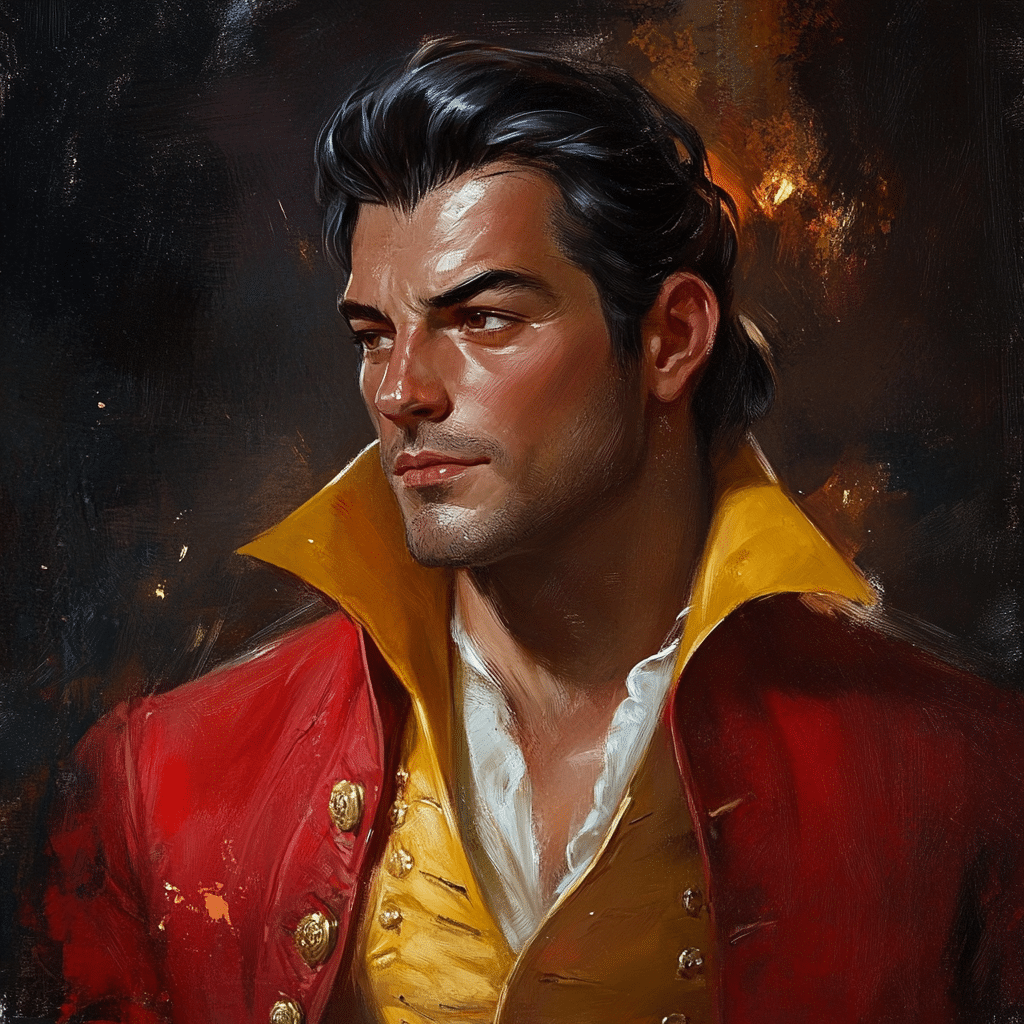
Revisiting Gaston in 2024: Modern Resonances
In 2024, the character of Gaston is as relevant as ever. Discussions surrounding gender roles and masculinity remain dominant in cultural conversations, and his portrayal acts both as a critique and reflection of societal challenges. The continued popularity of Disney fandom and nostalgic appreciation for classic films keeps Gaston alive, stirring thoughts around the values we intend to instill in the next generations.
Furthermore, as productions persist in exploring remakes and reimaginings, Gaston serves as a reminder of how villains can change and adapt, finding new significance in shifting societal landscapes.
The Enduring Impact of Gaston
At the end of the day, Gaston represents more than just a villain; he embodies the intricacies of human nature, toxic masculinity, and the struggle for personal identity against societal pressures. His character pushes both the narrative in Beauty and the Beast and the audience to examine the delicate divide between admiration and arrogance. This reflection mirrors modern contexts surrounding villainy in entertainment today. By understanding Gaston’s narrative, we discover just how intricately woven societal flaws are into a character that transcends the screen.
In sort, Gaston from Beauty and the Beast remains an endlessly fascinating figure, encouraging audiences to engage deeply with the themes of masculinity, power dynamics, and what it truly means to love. In his brashness, he invites us to look closer at our own societal ideals, making his character just as relevant in 2024 as it was over three decades ago. And remember, if you ever find yourself singing that infectious “Gaston” anthem, you’re not alone; it’s no wonder this villain remains a pop culture phenomenon.
Gaston Beauty and the Beast: A Closer Look at the Iconic Villain
The Charming Nuisance
Gaston, the celebrated villain from Disney’s Beauty and the Beast, isn’t just a proud hunter; he’s got charisma in spades. With a penchant for swagger, his character captures the essence of an over-the-top antagonist, reminiscent of classic archetypes found in 80s horror Movies. His bravado stands in stark contrast to the quiet introspection of Belle, making for an engaging dynamic that drives the film’s narrative. Interestingly, despite his charm, Gaston lacks depth, which some viewers feel parallels Tony Stark’s own evolution in Iron Man. While both characters are confident and self-assured, only one truly grows throughout their respective tales.
A Legacy of Inspiration
Walt Disney’s choice in creating Gaston was nothing short of genius. The character plays into the expected mold of the handsome brute, elevating the story to a level of intrigue and humor—certainly something echoed in A Pup Named Scooby doo with its quirky villain designs. Moreover, his show-stopping song, “Gaston,” stands as a testament to the power of theatrical music, much like the memorable tunes found in Faye Dunaway Movies. This engaging number allows viewers to bask in the sheer absurdity of Gaston’s character. And let’s not forget, his role has influenced modern storytelling, helping to shape how we view antagonists in films today.
Gaston’s Strongholds
Not all fans are fans of our muscular villain, yet he remains a pop culture staple, illustrating the societal fascination with machismo. His exaggerated masculinity has even drawn comparisons to figures like Jesse Marsch, a leader in sports as seen in NFL power rankings that often highlight high-energy personas. Additionally, Gaston’s love for hunting symbolizes the eternal struggle between nature and nurture, an idea explored in-depth with characters like Goro Akechi in various narratives. This complexity shows viewers that behind the gruff exterior lies a character that raises questions about ideals of masculinity. Gaston truly embodies both the charming and the churlish, leaving an indelible mark on the Disney legacy that continues to enchant audiences today.
